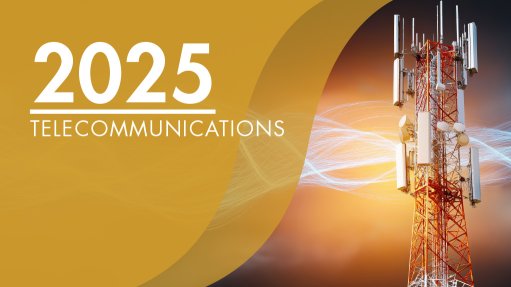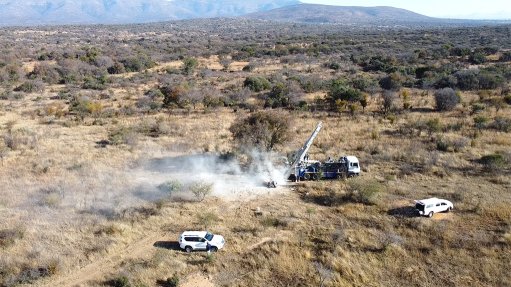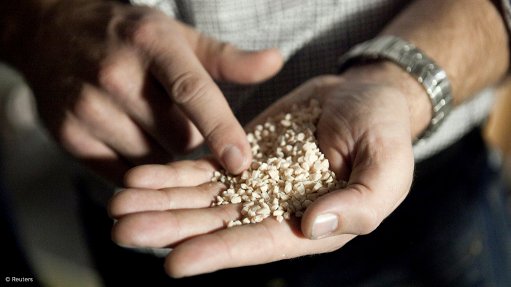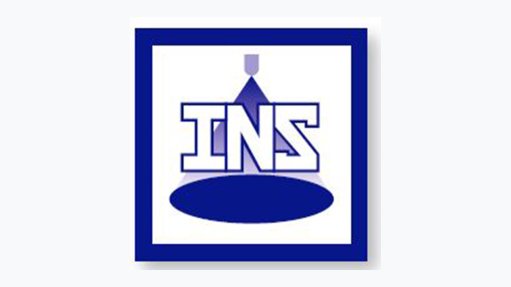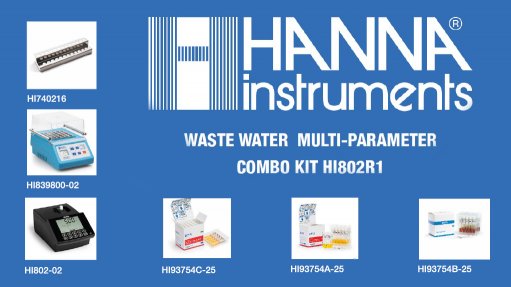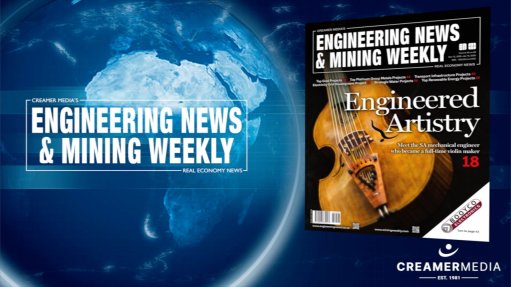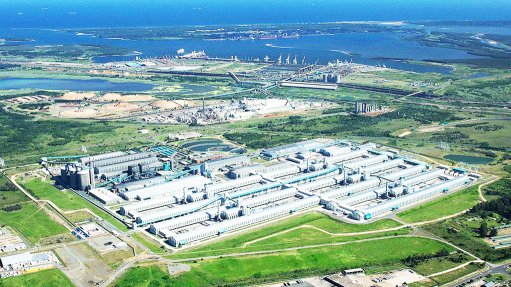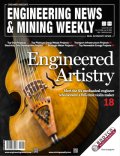Jewellery industry’s Blue List to differentiate, substantiate ESG claims
After drawing up a draft document called The Blue List in May and launching a four-month consultation period to garner inputs, World Jewellery Confederation (CIBJO) has unpacked the necessity of such a terminology framework for the jewellery industry.
CIBJO describes the Blue List as a responsible jewellery supply chain lexicon, which caters to the globally intensifying need for clarity and consistency in how environment, social and governance (ESG) terms are used across the jewellery industry to the consumer.
Blue List coordinator and CIBJO Jewellery Industry Supply Chain Nomenclature Committee (JISCNC) lead Purvi Shah has noted in an interview with the World Diamond Council that, as sustainability claims have become more common, so has the confusion around it. She explains that vague language, inconsistent definitions and unsubstantiated marketing claims increase the risk of eroding consumer trust.
Hence the need for a publicly available resource for companies to lean on for reference to this unique sector.
The Blue List provides recommendations for language that can be used in marketing campaigns, as well as guidance on how to substantiate these claims.
Not only will the Blue List assist companies to build trust with the increasingly socially and environmentally conscious consumer, but also help meet growing regulatory expectations on responsible sourcing and production.
The Blue List was developed by the JISCNC, which is a multi-stakeholder group that was created within CIBJO to expressly create the lexicon. Shah confirms that the team focused on the terms that are most widely used across the jewellery industry in ESG reporting and marketing communications, which are words that shape consumer perceptions.
The committee had researched the meaning and intent of the most commonly used words and how companies talked about the origin and provenance of their products, following which the committee garnered input from across the jewellery industry spectrum to determine practical application, requirements for substantiation and clarity for both business and consumer audiences.
The drafting process of the Blue List and its terminology included a review against international legislation and guidance, including the European Union Green Claims Directive and the US Federal Trade Commission’s Green Guides.
Shah says the JISCNC was intentionally structured to reflect the diversity of the global jewellery supply chain by including representatives from different product categories and regions.
Committee members included trade associations such as the World Diamond Council, the Responsible Jewellery Council and the International Diamond Manufacturers Association, as well as legal experts, large companies such as De Beers and Richemont, and small- and medium-sized businesses.
Shah points out how the committee paid special attention to culturally sensitive wording which are widely used in some regions and refrained from use in other regions.
She cites the term “grandfathered” as an example whereby the US has racially charged connotations with the term, but internationally it is widely used as a legal term to refer to long-existing products before certain legal rules existed. Shah adds that the committee also considered the different supply chains and drivers across jewellery products, citing coloured gemstones as an example where there are unique characteristics in the market.
While the draft of the Blue List is still in the process of being publicly reviewed, it is currently organised into thematic sections that reflect the key areas of ESG-related terminology in the jewellery supply chain: business claims such as responsible, ethical and sustainable; origin, source and provenance terms; tracing terms; and terms to avoid using.
Each term is defined and accompanied by guidance on how to substantiate its use. Appropriate cases are supplied to demonstrate how terms should be applied, as are examples of how not to use them. This structure ensures that businesses can apply the guidance simply, practically and consistency,” Shah states.
The public consultation for the Blue List will end on September 6, following which a final document will be drafted to reflect the realities, needs and diversity of the global jewellery industry. “By inviting feedback from industry, we aim to validate and refine the proposed definitions and guidance so that they are both practical and inclusive,” Shah says.
Notably, she adds that the document will be periodically reviewed and evolve alongside the jewellery industry to reflect updated changes in legislation, business practices, cultural norms and stakeholder expectations.
DIFFERENTIATED TERMS
The Blue List aims to differentiate between commonly used ESG terms such as “responsible”, “ethical” and “sustainable” to provide a more clear and substantiated understanding of how these terms differ and relate to one another.
Accordingly, JISCNC decided to offer distinct yet interconnected definitions structured in a hierarchical framework that reflects the progression of ESG maturity.
It has dubbed “responsible” as the foundational level of ESG, referring to meeting internationally recognised baseline standards such as legal compliance, business integrity, respect for human rights and supply chain due diligence.
The “ethical” term moves one step up, building on the responsible level. It proposes the proactive implementation of frameworks such as the United Nations Guiding Principles on Business and Human Rights and initiatives that go beyond legal minimums to create positive social impact.
“Sustainable” sits at the top of the hierarchy, encompassing both responsible and ethical practices, but additionally requires that businesses positively account for long-term impacts, including enduring socioeconomic benefits and robust environmental stewardship.
Article Enquiry
Email Article
Save Article
Feedback
To advertise email advertising@creamermedia.co.za or click here
Press Office
Announcements
What's On
Subscribe to improve your user experience...
Option 1 (equivalent of R125 a month):
Receive a weekly copy of Creamer Media's Engineering News & Mining Weekly magazine
(print copy for those in South Africa and e-magazine for those outside of South Africa)
Receive daily email newsletters
Access to full search results
Access archive of magazine back copies
Access to Projects in Progress
Access to ONE Research Report of your choice in PDF format
Option 2 (equivalent of R375 a month):
All benefits from Option 1
PLUS
Access to Creamer Media's Research Channel Africa for ALL Research Reports, in PDF format, on various industrial and mining sectors
including Electricity; Water; Energy Transition; Hydrogen; Roads, Rail and Ports; Coal; Gold; Platinum; Battery Metals; etc.
Already a subscriber?
Forgotten your password?
Receive weekly copy of Creamer Media's Engineering News & Mining Weekly magazine (print copy for those in South Africa and e-magazine for those outside of South Africa)
➕
Recieve daily email newsletters
➕
Access to full search results
➕
Access archive of magazine back copies
➕
Access to Projects in Progress
➕
Access to ONE Research Report of your choice in PDF format
RESEARCH CHANNEL AFRICA
R4500 (equivalent of R375 a month)
SUBSCRIBEAll benefits from Option 1
➕
Access to Creamer Media's Research Channel Africa for ALL Research Reports on various industrial and mining sectors, in PDF format, including on:
Electricity
➕
Water
➕
Energy Transition
➕
Hydrogen
➕
Roads, Rail and Ports
➕
Coal
➕
Gold
➕
Platinum
➕
Battery Metals
➕
etc.
Receive all benefits from Option 1 or Option 2 delivered to numerous people at your company
➕
Multiple User names and Passwords for simultaneous log-ins
➕
Intranet integration access to all in your organisation








